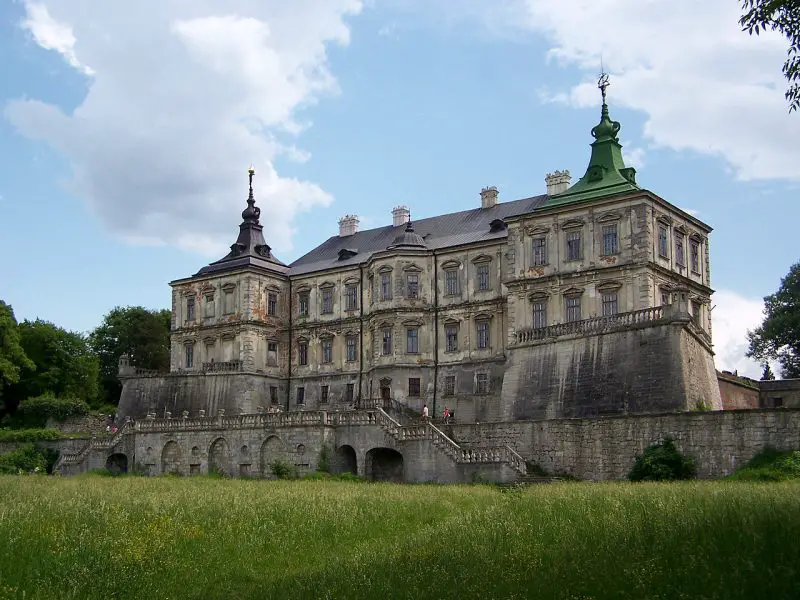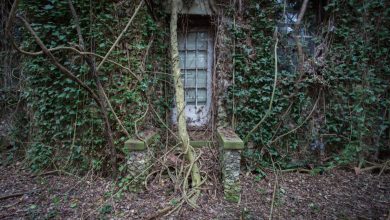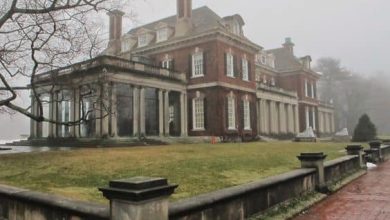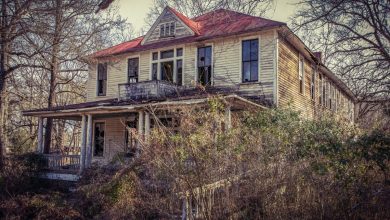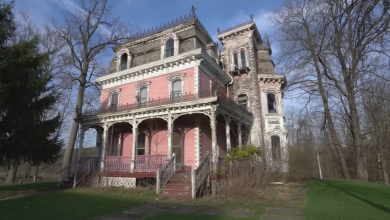Abandoned Castle: Students Collaborate To Revive The Graceful Charm of Pidhirtsi Castle, An Architectural Masterpiece Crafted During The 17th Century in Ukraine.
Unlike people who eventually succumb to the passage of time, abandoned buildings seem to have defied the process of decay, often standing as a striking reminder of mortality embraced by nature’s embrace.
There is a strange fascination with a place that once teemed with life’s activities. Elaborately painted walls crumble, once-grand rooms become infested, and dirt and dust cover windows that were once crystal clear.
Fountains that once flowed with water are now dry and overrun with withering ivy. Many structures worldwide fit this narrative, but one of the most captivating stories is that of Pidhirtsi Castle, a beautiful Renaissance palace located in the Ukrainian town of Pidhirti.

This well-preserved fortress was constructed between 1635 and 1640 by architect Andrea del Agua, under the request of Crown Hetman Stanislaw Koniecpolski, with the assistance of engineer Guillaume Le Vasseur de Beauplan. Unlike other castles in the region, this one was designed for leisure, evident in its Italianate gardens and two churches on the grounds, giving it the appearance of a palace or country retreat rather than a military stronghold.
The castle is square-shaped, surrounded by a moat and defensive fortifications on each side, with the exquisite palace at its center. It is the oldest castle in Ukraine and Eastern Europe. The interior is designed in a Western European style, as evident in the names of its various halls, such as the Green, Crimson, Knightly, Mirrored, and Golden Halls, all adorned with luxurious Turkish fabrics on the walls and furnishings.

Waclaw Rzewuski, the castle’s 18th-century owner, was a meticulous collector who built a theater within the castle and amassed a valuable collection of literature, weaponry, and paintings, including those of Polish King Jan III Sobieski. During the 18th century, the castle housed an extensive library and archives and served as Ukraine’s first palace museum.

Over the years, the castle underwent several reconstructions and suffered significant damage on multiple occasions. It was first severely devastated during the Polish-Soviet War in the twentieth century, and its misfortunes continued after World War II when it was converted into a hospital for tuberculosis patients. In 1956, a lightning storm struck the castle, causing a fire. Throughout the Soviet era, it was frequently abandoned or used improperly. These unfortunate events led to the deterioration of the castle’s east and west wings, with crumbling walls and flooding in the courtyard and park.

At the beginning of the twentieth century, the owners rebuilt the palace and transformed it into a museum. However, many artworks were destroyed when the Lviv Historical Museum took control of the castle decades later. Finally, in 1997, the land was entrusted to the Lviv Art Gallery and received funding from Borys Viznytsky’s charitable organization. The organization aims to find art patrons or investors who can assist in the restoration of the site.
Source: https://numerologybox.com
Category: Abandoned Place
